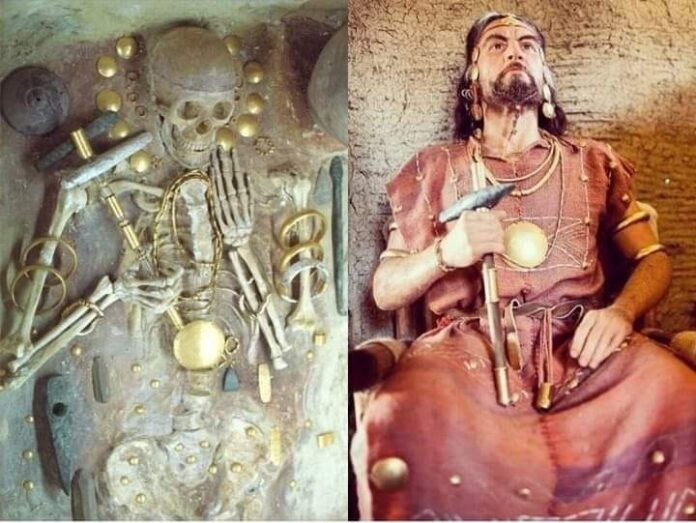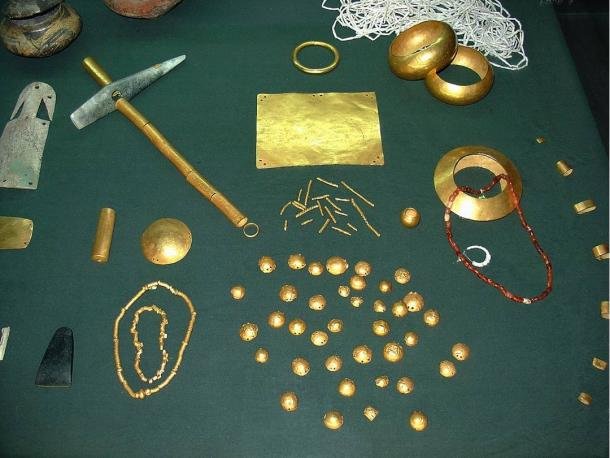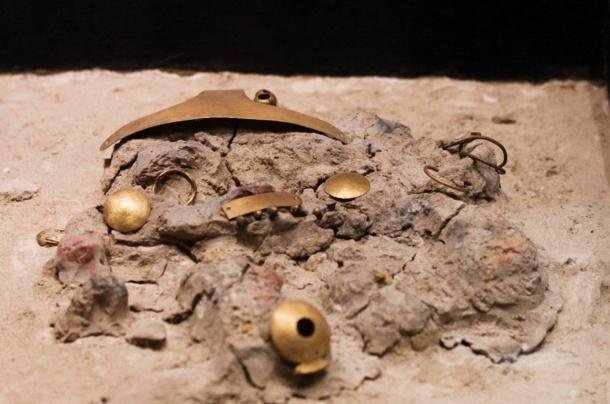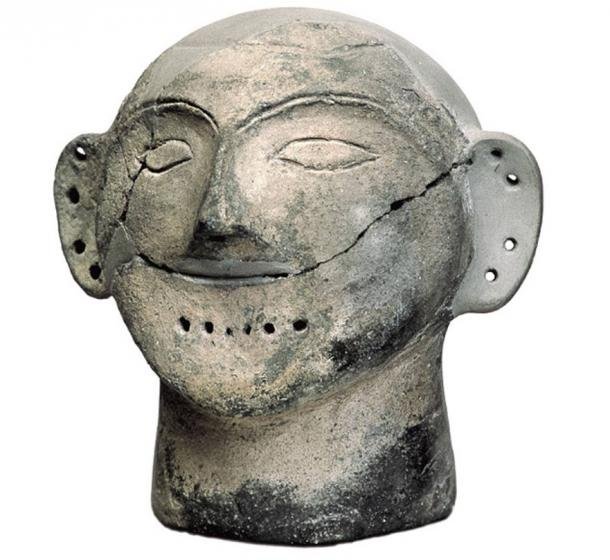Unveiling the Varna Man: The Shocking Discovery of the Richest Grave from the Fifth Millennium BC
The Overlooked Civilization by the Black Sea
Many are familiar with the ancient civilizations of Mesopotamia, Egypt, and the Indus Valley, known for their urbanization, organized governments, and cultural innovations. However, a mysterious civilization that emerged 7,000 years ago near the Black Sea’s lakeshores has largely remained unnoticed.

The Astonishing Varna Culture
The Varna culture, as it is now called, was not a small, obscure society lost to history. It was an advanced civilization that predated the Mesopotamian and Egyptian cultures, known for being the first to produce golden artifacts.
Varna boasted a rich cultural heritage, elaborate funerary practices, an ancient religious system, and the ability to create exquisite, expertly-crafted objects. The largest known prehistoric necropolis in southeastern Europe, found in Varna, has earned the site the title “cradle of civilization” in Europe.

The Rise of Goldsmithing and Wealth
Evidence suggests that goldsmithing began in Varna between 4600 and 4200 BC. As technology advanced and craftsmen mastered copper and gold smelting, the people of Varna gained highly valuable trade items. Economic connections between the Black Sea and the Mediterranean flourished, turning Varna into a bustling trade hub.
Increased trade led to wealth accumulation and the emergence of social stratification, with metallurgists at the top, merchants in the middle, and farmers at the bottom. Extraordinary finds at a nearby cemetery support the notion of powerful leaders or kings in ancient Varna.

Unearthing the Ancient Varna Culture
The first indications of the ancient Varna culture include tools, containers, utensils, and figures made from stone, flint, bone, and clay. In October 1972, excavator operator Raycho Marinov made an astonishing find—a large Copper Age necropolis containing the oldest gold objects ever discovered.
Under the direction of Mihail Lazarov (1972–1976) and Ivan Ivanov (1972–1991), extensive excavations revealed the splendor of the Varna civilization. Over 300 graves and more than 22,000 artifacts, including over 3,000 gold pieces weighing a total of 6 kg (13.23 lbs.), were uncovered. Other valuable items included copper, fine flint tools, jewelry, Mediterranean mollusc shells, ceramics, obsidian blades, and beads.
Analysis of the graves revealed a highly structured society. Elite members were buried in shrouds adorned with gold ornaments, accompanied by treasures such as heavy copper axes, elegant finery, and richly decorated ceramics. In contrast, others received simpler burials with few grave goods.
The Wealth of Grave 43
Among the numerous elite graves, grave 43 stood out. It contained the remains of a high-ranking male, likely a king or leader, buried with more gold than existed in the rest of the world at that time. Known as the Varna man, he was buried with a scepter, symbolizing high rank or spiritual power, and a sheath of solid gold around his penis.
This is the first documented elite male burial in Europe, making it particularly significant. Previously, the most extravagant burials were reserved for women and children.
The well-known Lithuanian-American archaeologist Marija Gimbutas suggested that matriarchal pre-Indo-European communities were prevalent in Neolithic Europe. She also posited that the shift to male dominance began around the end of the fifth millennium BC, as evidenced by the Varna culture, where men started receiving more elaborate posthumous care.

Complex Funerary Rituals in the Varna Necropolis
The burials in the Varna necropolis provided insights into the religion and complex funerary rituals of this ancient civilization. Researchers discovered that males and females were buried differently: males on their backs and females in the fetal position. Some graves contained no skeletons and were considered “symbolic graves,” the richest in terms of gold and other items.
Unbaked clay masks, positioned where the head would have been, were found in these symbolic tombs or cenotaphs. These tombs also contained gold amulets shaped like women, associated with fertility, and items like copper pins, flint knives, and spindle whorls, indicating they were meant for women.
The Decline and Legacy of the Varna Culture
The Varna culture began to decline towards the end of the fifth millennium BC, likely due to climate change and invasions by horse-riding warriors from the steppes. Despite their disappearance, the people of Varna left a lasting legacy, paving the way for subsequent European civilizations.
Their unparalleled metallurgical skills and highly developed society set the foundation for centralized authority, ensuring the smooth functioning of society—a model we continue to follow today.
Related Post
A shocking documentary proves that mermaids do exist
SHOCKING Revelation: Thuya, Mother of Queen Tiye, Was the Grandmother of Akhenaten and Tutankhamun—What Ancient Egyptian Secrets Did She Leave Behind?
Breaking News: Astonishing Discoveries at Karahan Tepe Confirm an Extraterrestrial Civilization is Hiding on Earth, and NO ONE Knows!
Breaking News: Researchers FINALLY Discover U.S. Navy Flight 19 After 75 Years Lost in the Bermuda Triangle!
NASA’s Secret Investigation: Uncovering the Astonishing Mystery of the UFO Crash on the Mountain!
Explosive UFO Docs LEAKED: Startling Proof That Aliens Ruled Ancient Egypt!
